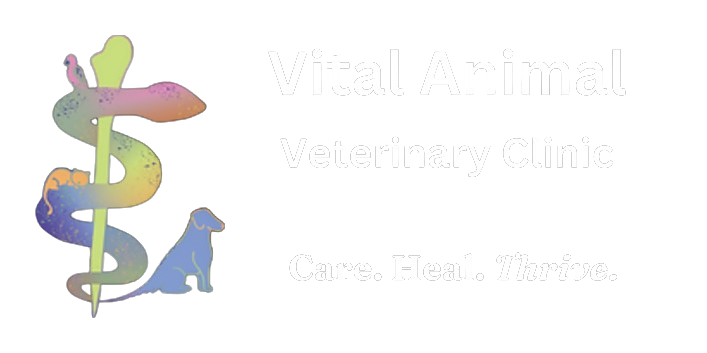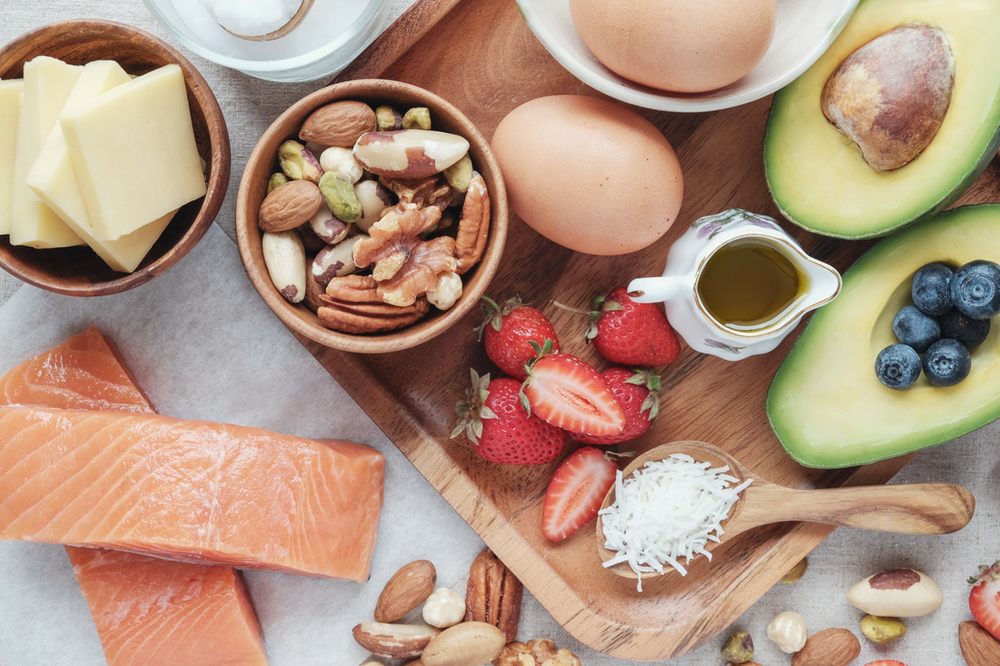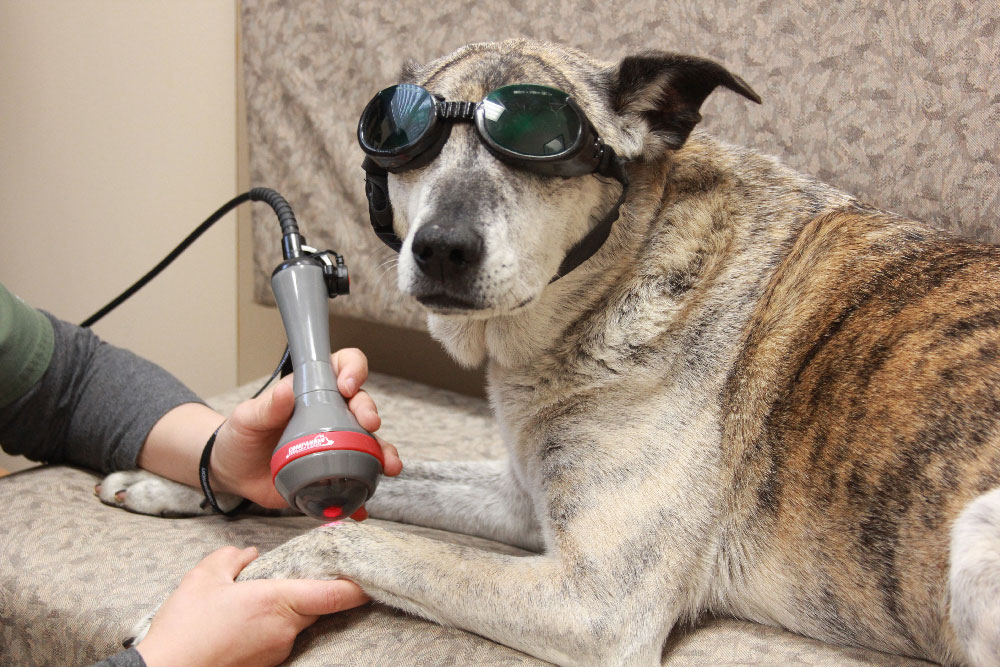Did you know that nearly 3000 years ago, China was among the leaders in health care?
Did you know that many modern drugs are derived from Chinese medicines?
Or that personalities and functions of the body are controlled by the Five Elements?
Read more below to learn about the varied aspects of Traditional Chinese (Veterinary) Medicine.
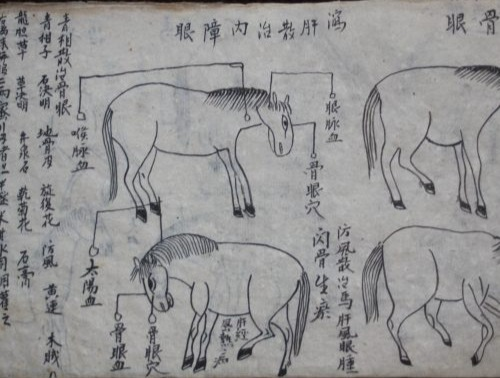
Whole Body Health and Disease Prevention
Traditional Chinese Medicine is focused on whole-body health, and its greatest implementation is in prevention. Ancient Chinese healers were paid specifically to keep people healthy, as opposed to western medicine which seeks to treat illness. Ancient doctors were paid regularly until someone became ill. Payment only resumed once the patient was improved.
From the time of the ancient leaders in health care, traditional Chinese medicine has always approached health as a preventative exercise. Individuals with a "western" medical mindset, usually believe their pet doesn't need acupuncture when nothing is wrong. Chinese medicine is precisely the opposite; it prevents health from decline, aligns Yin and Yang, and balances the elements within. It nurtures the mind, body, and soul.
Remember at Home Vet, we care, your pet heals (or stays healthy), and your whole family thrives.
Early Manuscripts
The first written document about health and the body was written by the Yellow Emperor - the Huangdi neijing (in English, The Yellow Emperor’s Inner Classic) , in approximately 300 BC. It describes the theoretical basis for Chinese medicine, the importance of balance between Yin and Yang, the Five Elements, and discusses some remedies and therapies. It is the first evidence of written medical advice; prior to this knowledge was passed down by teaching and stories.
The first recorded veterinary texts are credited to an ancient horse expert , Bole. Horses were incredibly important in ancient Chine due to military needs. Bole is credited with authorship of Bole xiangma jing ( Bole's Classic of Horse Physiognomy), Bole liaoma jing ( Bole's Classic on Treatments for Horses), and Bole zhima zabing jing ( Bole’s Classic on Curing the Various Illnesses of Horses). Xiangma translates to horse physiognomy, or the art of studying a horse and evaluating its attributes. It is not clear if Bole (Bo Le) actually existed or if his "writings" were the compilation of the teachings and ideas of Sun Yang, a renowned horse healer and an expert in Xiangma.
Medications and Pharmacology in Chinese Medicine
Did you know there are over 2000 pharmacological drugs that we use today in modern medicine , both human and veterinary, that were derived from ancient herbal medicines? Everything from ephedrine, St. John’s Wort, and many cancer-fighting medications are all products developed from Chinese Herbal treatments. Food therapy is also important and can affect your pet in many different ways. Check out my post on food therapy .
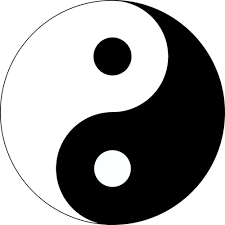
Yin and Yang
The Huangdi neijing also describes in detail the yin and yang (pronounced yong), a theory regarding the necessity of balance to prevent disease. Balance is essential for your pet to enjoy his life to the fullest.
Yin represents calmer, cooler things such as the Moon, the Earth, Shade, Rest, Water, Slowness, Anterior, and Weakness.
This force exists in harmony with the Yang representations, which include, the Sun, the Sky, Brightness, Activity, Fire, Rapid, Posterior, and Strength.
They are not quite opposite but instead complementary to each other; these intertwined forces and one cannot exist without the other. Just like the front of your hand cannot exist without the back, the shadow without the light, or the moonlight without the sunlight, the two forces balance each other out. The traditional yin-yang symbol also shows that there is a spot of each within the other - there is always a little good in the bad, light in the darkness, and no function without a structure. An imbalance in these forces can lead to disease, suffering, and mental disturbances. Yin and Yang are intricately interrelated with the heart, mind, and spirit.
We can explore the functions of Yin and Yang within the body. For example, if a dog is "hot" they either have an excess of Yang (heater is on) or a deficiency in Yin (the a/c is not working). Energy is also described as Yin if the animal is too quiet or reserved, and Yang if she is too boisterous. Yin and Yang ebb and flow depending on the season, personality, and life stage. An excellent example in humans is women who go through menopause; they almost all suffer from a Yin deficiency (the a/c is broken).

The Five Elements Theory
Also described in the text is the Five Elements Theory; earth, wood, fire, water, and metal. This explains each pet's personality by relating it to the universe at large, the seasons, and his spirit. The elements give us clues about what disharmony is occurring, and how best to treat it.
The elements depend on each other, influence each other, and can be controlled or fortified by each other. They also can represent time, seasons, reactions to events within one's life, and even have dominant hours every day. An example is that frequently, asthma sufferers have an asthma attack between 3am and 5am, which is when the lung is dominant in the cycle. Between 11:00 am to 1:00 pm, the energy moves to the Heart meridian and you do whatever it is you are passionate about, which is your “hearts work.”
Fire Element
The element of fire represents the heart (yin), small intestine (yin), pericardium (yang), triple heater/lymphatics (yang), the tongue, blood vessels, red, summer, heat, bitter taste, south, the mind, and growth. Fire personalities show joy, ebullience, kindness, and compassion, are outgoing and love meeting new people. Fire hours are 7pm to 11pm and 11am to 3pm. The heart organ within the Fire Element houses the mind and spirit, governing mental activity, memory, and sleep, especially dreams. It is responsible for happiness & joy.
Earth Element
An earth element encompasses the stomach (yang), spleen (yin), muscles, digestive
system, dampness, yellow, transformation, and the taste of sweetness. An earth personality is pensive, thoughtful, sturdy, and peaceful. The Earth hours are 7am to 11am. Earth represents today, the present moment, and the force that harmonizes everything She keeps us grounded and supported.
Metal Element
The element metal is represented by lung (yin), small intestine (yang), nose, skin, white, autumn, west, dryness, harvest and the corporeal soul. Metal personalities tend toward sadness, confidence, and consistency, are often reserved. They are independent, enjoy strict routines, and are rule-followers. Metal hours are 3am to 7am. Metal is the symbol of refinement and presentation, seeking perfection and completion, cutting by knife, sword, or scissors. It is selective, can distinguishing the good from the bad, and offers crucial reflection, like a mirror.
Water Element
Water element includes kidney (yin), bladder (yang), ears, bones, black, winter, cold, north, storage, and the taste of salty. Personalities dominated by water are fearful, uncomfortable, shy, introverted, independent, analytical, willful, and quiet. The water element also stores sexual functions and supplies kidney jing, which is the source of qi needed for all healthy living. Water hours are 3pm to 7pm. Water is the most powerful element because it can move around any obstacle in its path without losing its essential nature. Water can, with persistance, dissolve the hardest mountains.
Wood Element
A wood element is characterized by the liver (yin), gallbladder (yang), eyes, connective tissue, green, springtime, wind, birth, east, the taste of sour, and the ethereal soul. Wood personalities show quickness to anger, strength, flexibility, generosity, cooperation, and idealization. The Wood hours are 11pm to 3am. Wood embraces everything that grows, expands, enriches, warms and multiplies.
Want to know your or your pet’s personality? Take the test here: , https://soniaperezchinesemedicine.com/the-5-element-body-quiz/
BUSINESS HOURS
Monday - Friday: 8:00 - 5:00PM
Address: 2809 South Spring Ave Sioux Falls, SD 57105
